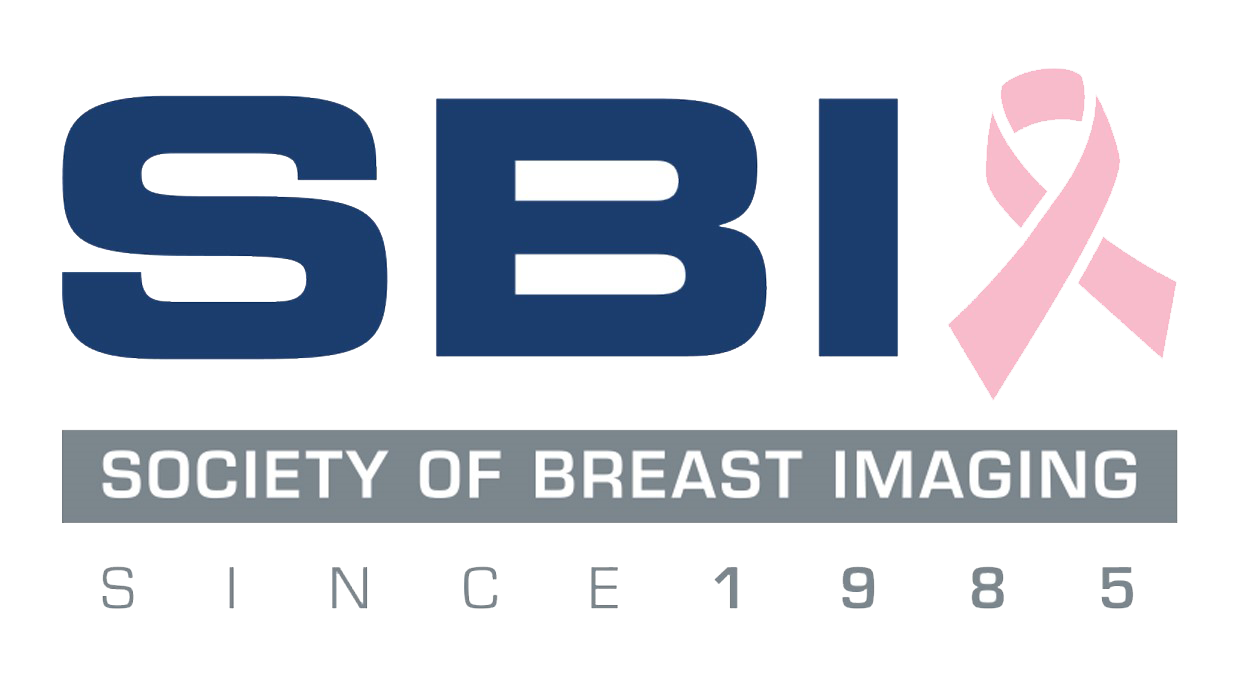Understanding Digital Breast Tomosynthesis and Its Use in Breast Imaging
Understanding Digital Breast Tomosynthesis and Its Use in Breast Imaging
Summarized from the original white paper, Digital Breast Tomosynthesis for Screening and Diagnostic Imaging, written by Emily F. Conant, MD, FSBI; Liane Philpotts, MD, FSBI; Summarized by: Anjali Malik, MD
Mammograms are the best test for screening for breast cancer. However, if you or someone you know is one of the 10% of women who are called back from a screening mammogram, you know that mammograms aren’t perfect. That is because current, regular mammography produces pictures in two dimensions, but the breast is three dimensional. This can lead to overlapping tissue, especially in women with dense breast tissue, often showing “white spots” in the breast that can look like a breast cancer. While these areas are often easily shown to be normal, with additional testing, these recalls (sometimes incorrectly called “false positives”) cause a great deal of worry for women.
This is one of the reasons why physicians have started using digital breast breast tomosynthesis (DBT), also known as 3D mammography. This breakthrough, first approved by the FDA in 2011, uses advanced technology to produce a 3D image of the breast and is rapidly becoming the best breast cancer screening test. Instead of the two pictures taken of each breast with 2D mammography, a series of pictures is taken at different angles of each breast. This provides a clearer view of the breast, reducing overlapping tissue. Think of it as looking through layers of the breast one at a time, like the pages of a book. The pictures are viewed like a movie of the breast, adding additional detail to the standard 2D mammogram.
Research has shown that with this improved test, the number of women called back from screening mammography decreased, while the ability to find small cancers that would be missed on regular mammography has increased. This reduces the number of women who become frightened having to return for more tests, and biopsies for areas, which previously could not be solved by standard mammograms. It also has a greater likelihood of showing when there is more than one cancer present, which can occur in many breast cancer patients. While this is true for all screening DBT examinations, it is especially true for women with dense breasts, where the breasts have more glands than fat, as this tissue pattern often causes overlap.
The radiation dose with breast tomosynthesis is slightly higher than with regular mammograms, but it is still within safe levels established by the Mammography Quality and Standards Act. And the slight increased radiation acceptable because of the decreased additional exams needed for those who otherwise would have been recalled. Furthermore, when additional examination is needed, patients can often skip the additional mammogram pictures and just have ultrasound. Additionally, many breast centers now have the latest software, which lowers the dose.
While most research on digital breast tomosynthesis focuses on screening, DBT is also being recognized as beneficial in the diagnostic setting, for those women with symptoms such as breast pain, lumps or other changes. 2D mammography is still needed to examine microcalcifications, which can appear in the breast for many reasons, but can be an early sign of cancer.
Besides reducing screening recalls and improved efficiency of examinations following recall, the use of DBT has been found to reduce the number of cases which require follow up to assess stability. Many women have areas, which are thought to be “probably benign,” meaning a very low likelihood of being cancer, and are closely followed every 6 months. DBT allows for more definitive diagnosis of benign versus malignant, and therefore fewer ‘Probably Benign’ assessments. Also, due to DBT’s better assessment of whether a cancer is present, or not, fewer biopsies are recommended for those areas that are benign. When cancer is present, it’s possible to measure the tumor better, which is helpful in planning surgery.
In summary, Digital Breast Tomosynthesis imaging has dramatically improved screening and diagnostic breast diagnosis in its 6 years since FDA approval. It should no longer be considered as “investigational” but rather viewed as the new, “better mammogram”. In addition, as with any new technology, there are continued improvements in image quality and radiation dose reduction. Ongoing research will further show the role of DBT in improving breast care. At present, it is the best test for annual screening.
